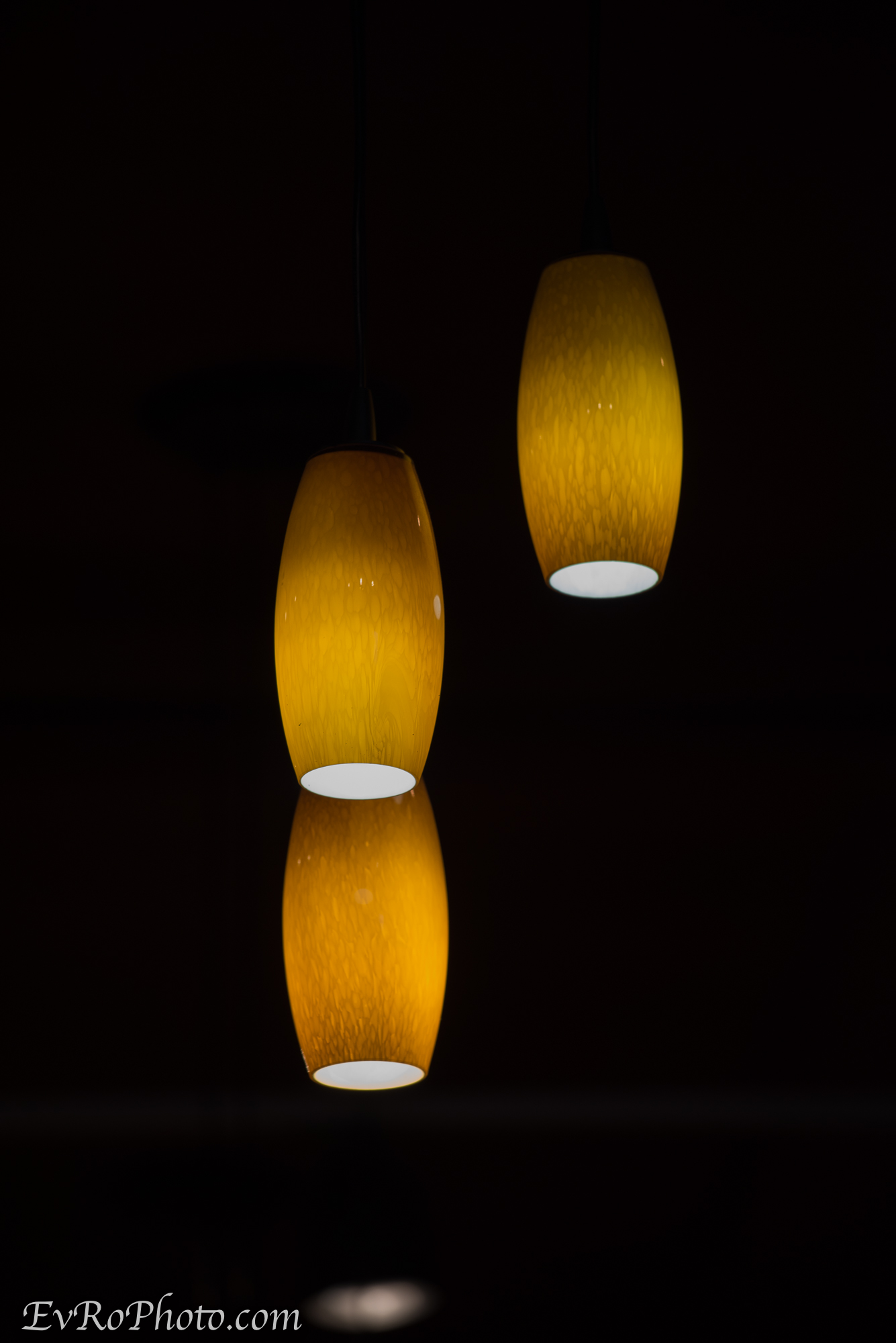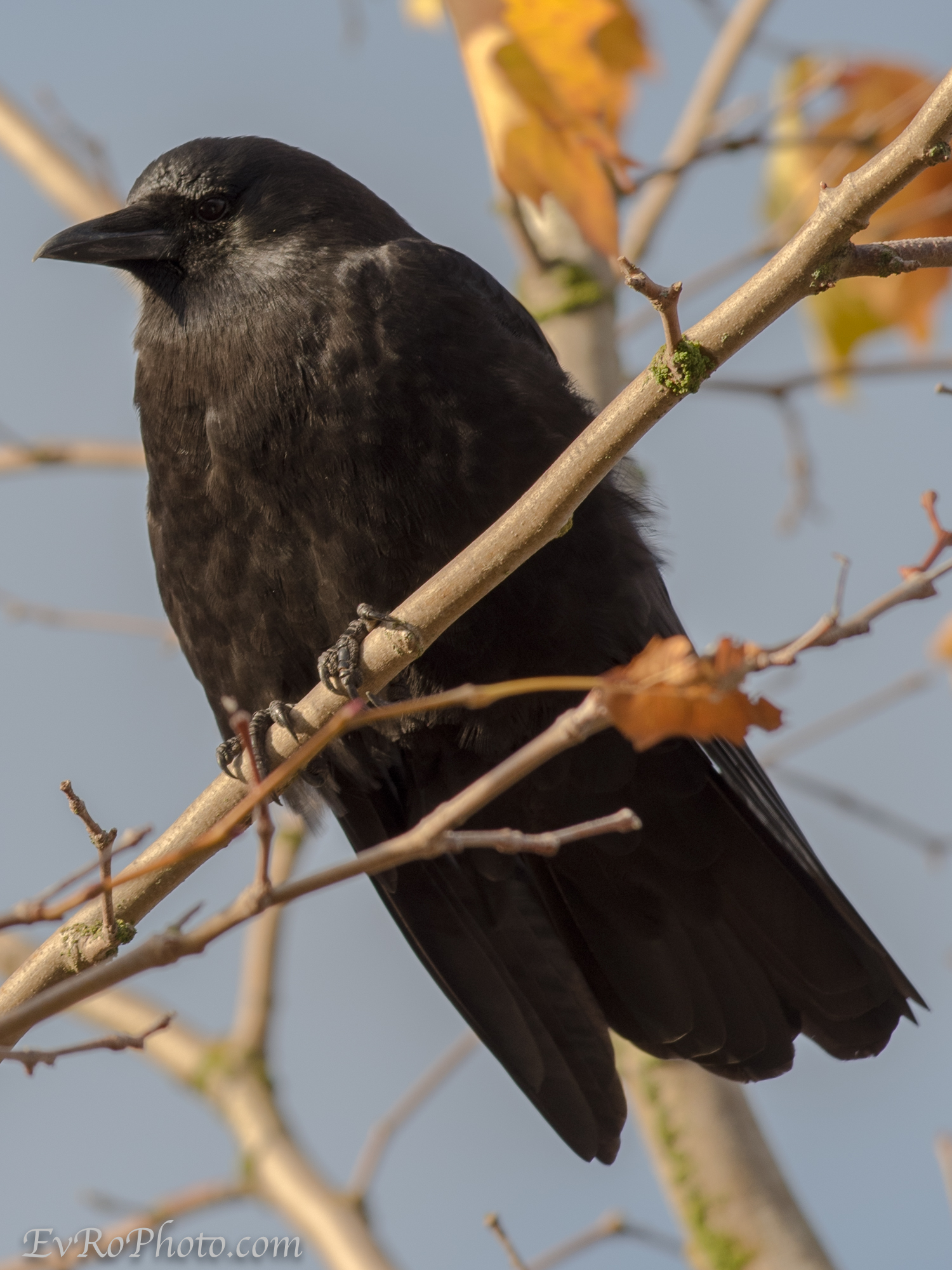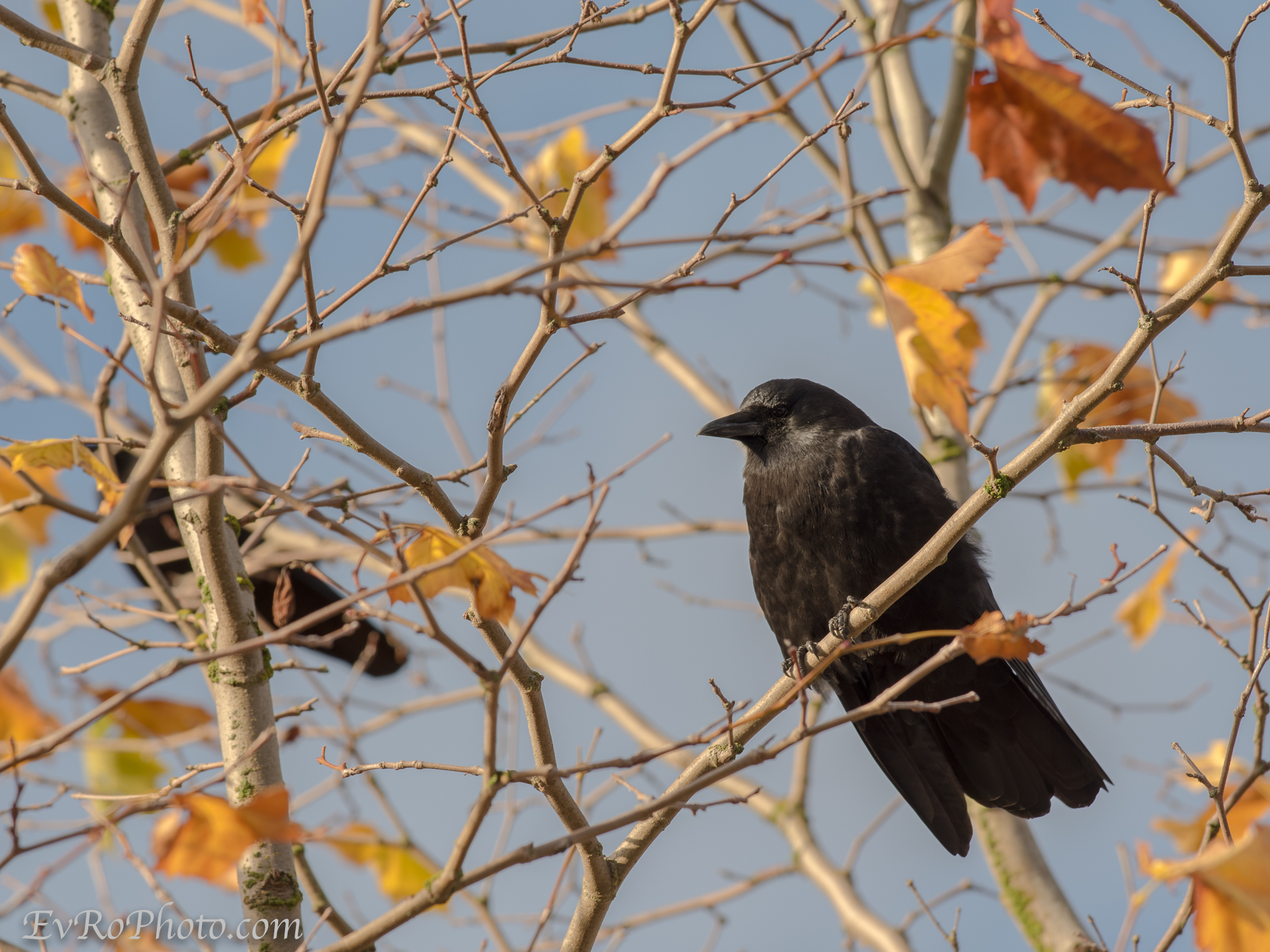I joke that I am a Canon shooter because of genetics: my father shot Canon gear, so I shoot Canon gear. My first SLR was my father’s Canon F-1. The first one I picked out was a Canon A-1 in college. My first digital SLR was a Canon Digital Rebel. A couple of years ago I upgraded that body with a Canon 60D.
Last Tuesday I dug up all the Canon gear I had around the house, packed it into as much original packaging as I could find, loaded it all into an Ikea bag, and drove to Glazer’s Camera in South Lake Union. When they asked me what they could do for me, I said “I have a bag full of used Canon gear. I’d like to walk out of here with some Nikon gear.”
Why did I do that?
I’ve looked at every digital photo I’ve got in the last two months and stripped my collection down from over 43K to under 2K worth keeping. Some of those pictures were taken on digital cameras with 640×400 resolution, some on phones, many on the Digital Rebel (6.3 MP), and the vast majority on the 60D (18 MP). Aside from a lot of swearing at myself about getting shots wrong, there’s only one thing I said more than once about a photo. It wasn’t “I need more pixels”. It wasn’t “I need a better flash”. It wasn’t “I need a longer lens” or “I need a faster lens”.
It was “I want more Dynamic Range”.
I’ve been planning to upgrade from the 60D to a 5D Mk IV (if it ever comes out) because a full frame camera system is better for landscape photography (which I’m doing more of) and bigger pixel sites are better for taking star photos (which I really enjoy). As the delay went on, I questioned whether I should consider a 5D Mk III or a 5DS instead. Or a 6D. In either case, I was talking about a minimum of $1400 and probably more like $3K or $4K. Plus new lenses. Major investment.
Once I knew I was looking for Dynamic Range, I started Googling. There’s this site called DXOMark that has allegedly objective measurements of camera bodies and lenses. It’s sortable by measurement. Go check it out and sort the list of camera bodies by Landscape (which is largely a proxy for Dynamic Range). Go ahead. I’ll wait.
Six of the top seven (and seven of the top nine) are Nikon bodies. The odd ones out are from Sony, which is the company that Nikon buys sensors from. Nikon, Sony, and Pentax dominate the top ranks with cameras going back five years or so. This is not a flash in the pan. You have to go to the 68th slot to find a Canon, and it’s not a DSLR. The Canon 5DS is 94th. The Nikon D810 has nearly 2 1/2 EVs more dynamic range than the 5DS and more than 3 more than my 60D.
If I wanted more dynamic range, I was buying a Nikon. Which meant getting rid of about $6K worth of Canon gear. Which I might get $2500 for if I was lucky.
While we were in NY to see George Takei’s Allegiance musical, I visited B&H Photo (which was amazing, BTW — like Fry’s Electronics for photo and optical geeks with the entire staff wearing yarmulke and speaking English) and Adorama and spent perhaps 60 minutes playing with the D810. I read the manual. I researched lenses. I concluded that I was going to be out of pocket over $6K to rebuild my kit, including getting between $2K and $2.5K for my old kit.
But it would be better kit, objectively, as measured by DXOMark.
Here’s the planned kit:
- Nikon D810 Body
- Nikon 20mm f/1.8
- Nikon 24-85mm f/3.5-4.5 VR
- Nikon 18-35mm f/3.5-4.5
- Nikon 70-200mm f/4 VR
- Tamron 90mm f/2.8 Macro Di VC
- Sigma 150-600 F/5-6.3 DG OS HSM Sport or Contemporary
I ordered the body, 18-35, and 24-85 from B&H with overnight delivery for Wednesday 10/28. My Tekniq modular camera bag (from a Kickstarter I backed in May) happened to arrive. I visited Glazer’s on 10/27 and got trade-in money for my Canon gear, which bought the 20mm and the 70-200. The kit packs into the Tekniq like a charm. This is the first time I’ve ever planned kit instead of buying what I seemed to need as I went along. There were what seemed like a million little details: UV filters, extra lens caps, lens caps retainers (I’m horrible about losing caps and hoods), batteries, chargers, new CF cards (the 60D used SD) and a high speed SD card, card readers, new cables for the remotes, polarizers, step-up rings, monitor protection, and so on.
Here’s the first image I was willing to put up on Facebook:

Here’s the one that blew me away:

Which is a detail from:

Which is itself about a 50% crop from the original. What blows me away is the sharp detail on the crow where it is in focus (which isn’t all of it, not at f/4, but that’s not the point). You can see dust on the feathers. There are places where you can see each individual barb! It’s not that this is a great image, but the level of detail is, to me, nearly unbelievable.
Which brings me back to those DXOMark numbers. I turned in lenses for my Canon 60D with sharpness values of 7, 8, 8, 9, and 12. I bought lenses which, combined with the D810, have sharpness values of 17, 23, 25, 26, and 29. The crow images are from the 70-200 with a 29 sharpness. I would not have expected to get kit capable of 3x the detail, but I think I may have 2x or more (the average of each new lens’ sharpness improvement over the equivalent lens in the old kit is about 2.6x, with the worst being 2.2x and the best being 3.2x).
I’m gobsmacked. And I have no excuses that my equipment can’t get a shot. If I don’t get a shot, it’s my fault — intent, design, execution, understanding of conditions, understanding of the equipment. The gear can get the shot, if I can figure out what the shot should be.
Isn’t genetic surgery amazing?
(Originally published on my personal blog @ Mischievous Ramblings II)